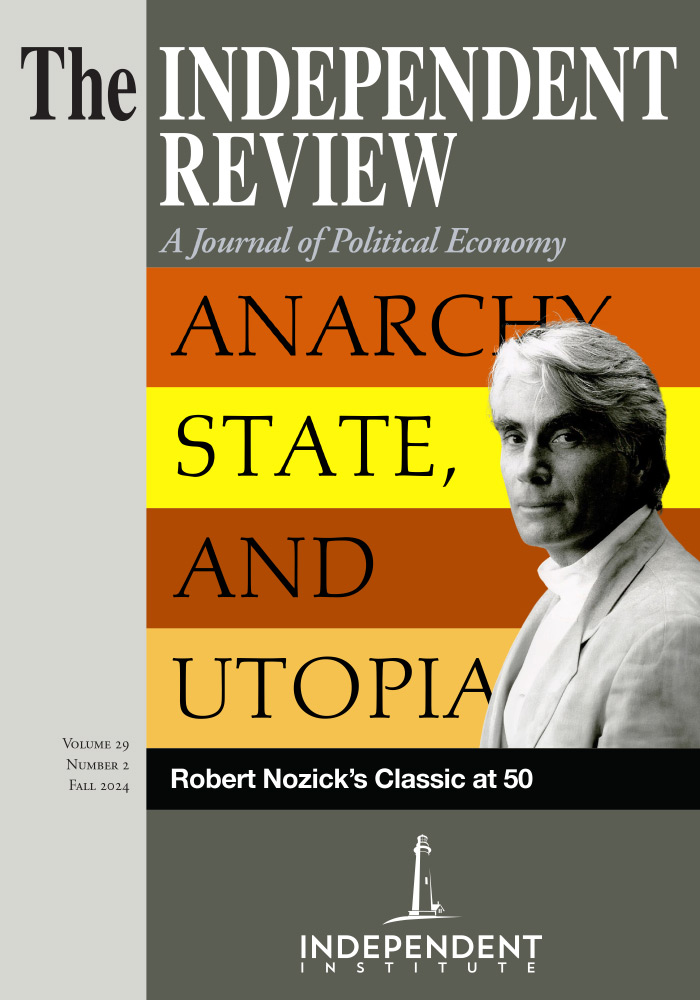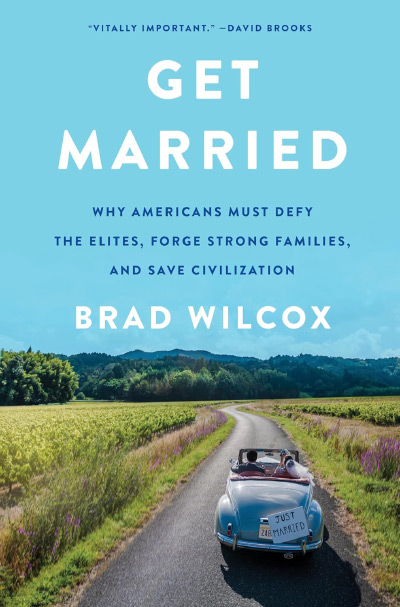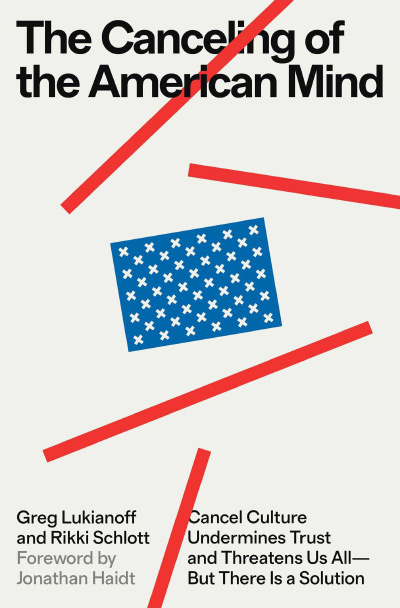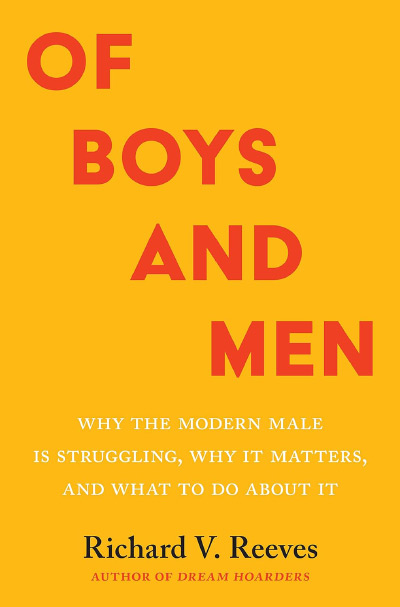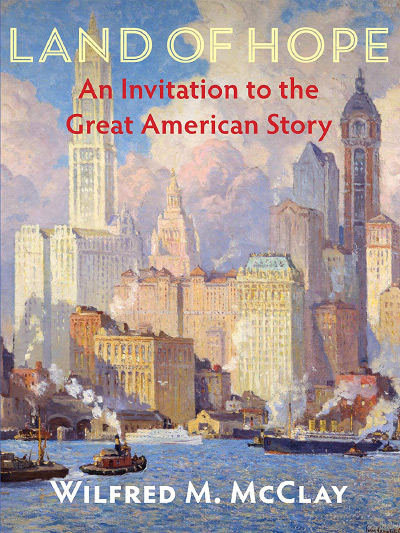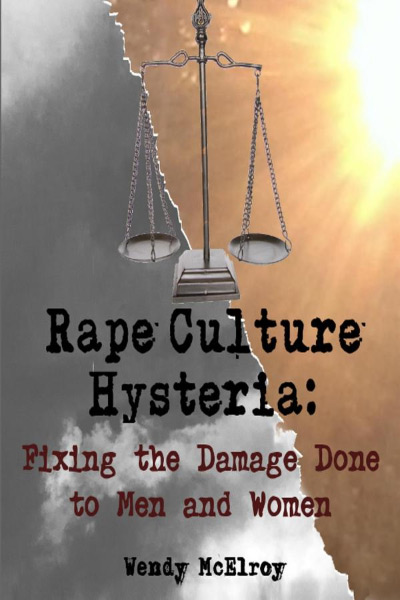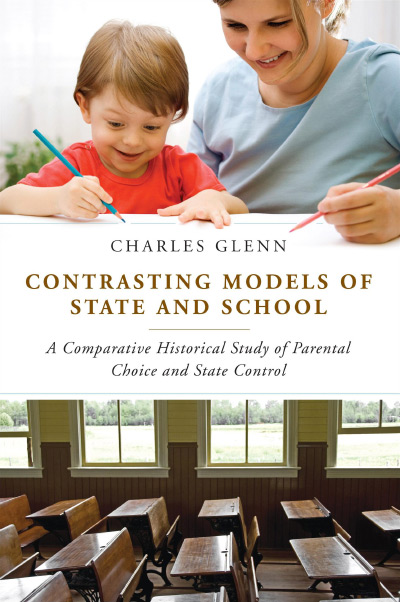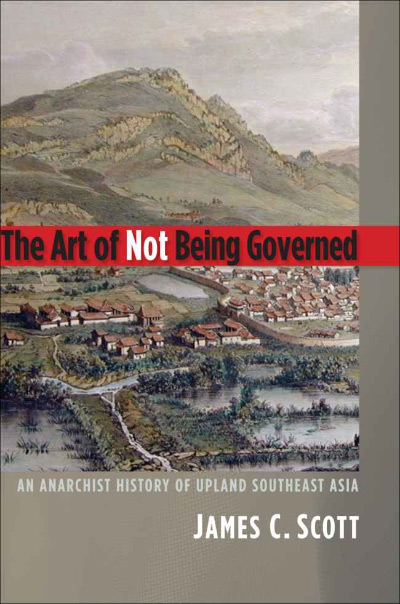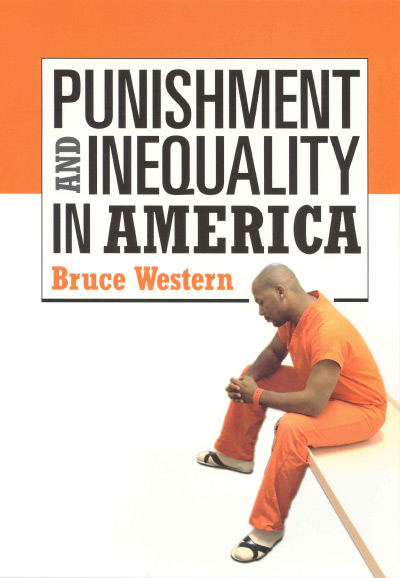In Aldous Huxley’s Brave New World (New York: Harper and Row, 1932, Perennial Library edition 1969, pp. 148–49), the Resident World Controller for Western Europe, Mustapha Mond, explains to the outsider, John the Savage, why Shakespeare has been banned: “Because it’s old; that’s the chief reason. We haven’t any use for old things here.” “Even when they are beautiful?” asks John. “Particularly when they’re beautiful. Beauty’s attractive, and we don’t want people to be attracted by old things. We want them to like the new ones,” Mond replies. “But the new ones are so stupid and horrible,” recoils John. “I’ve told you; it’s old. Besides, [people today] couldn’t understand it,” Mond concludes.
The passage is about literature five hundred years in the future, but it could equally be about marriage today. Marriage is old. Marriage is beautiful. And marriage is misunderstood. Marriage is under attack. Might it eventually be considered shameful and barbarous, as it was in Huxley’s dystopian future? For the first time in American history the percent of adults aged 18 to 55 who are single with no children exceeds the percent who are married with children. Its detractors hope that marriage will die, and it might unless we remind ourselves how beautiful—and how practical—it is. Sociologist Brad Wilcox assigns himself this task in Get Married.
Even if you were to skip over all the text in this book and simply browse through its tables and figures, you could learn a lot about the immense advantages of marriage—to husbands, wives, and children. The forty tables and figures—drawn mostly from seven large surveys (the Early Childhood Longitudinal Study, the Education Longitudinal Study, the National Longitudinal Survey of Youth (1979 and 1997 cohorts), the General Social Survey, the American Family Survey, and the State of Our Unions Survey (which was conducted by the National Marriage Project, which Wilcox heads)—present important facts such as the following.
- The median annual household income for married women is $90,000 versus $67,500 for cohabiting women and $38,000 for single women (the gaps are similar for men; figures are from 2017–18).
- Among men aged 51 to 60 median financial assets for stably married men are $399,000 versus $180,000 for remarried men and $12,800 for single men (the gaps are similar for women; figures are from 2016).
- Among married adults aged 18 to 55 only 14 percent say that their life is lonely most or all of the time versus 25 percent for single parents and 29 percent for single childless people (figures are from 2021).
- Forty percent of married adult men (aged 19 to 55) report being “very happy” versus 20 percent for unmarried men (the gap is almost as large among women; figures are from 2014–18).
- Among children from intact families 43 percent have bachelor’s degrees by age 28 versus 17 percent from blended families and 20 percent from families headed by a single mother or father (figures are from 2013-14).
- Nine percent of men from intact families have been incarcerated by age 28 versus 19 percent with a single mother and 27 percent with a single father (the same pattern holds for women; figures are from 2013–14).
- The share of children experiencing physical abuse is about ten times higher for those with a single parent with a partner than among those with married biological parents and three times higher among those with non-partnered single parents (there are similarly large gaps for sexual and emotional abuse, as well; figures are from 2010). Further, depression is about 50 percent higher among adolescents from non-intact families.
- Husbands and wives who adopt a “we before me” mindset rather than a “my own needs first” mindset are 8 percentage points more likely to report that their marriage is “very happy” (figures are from 2022).
- Parents are 10 percentage points more likely to report that their life is “meaningful” some of/most of/all of the time than non-parents (figures are for people aged 18 to 55 from 2021).
- Those who are married with children are 13 percentage points more likely to report being pretty or very happy than those who are married without children, with an even larger edge over those who are unmarried with no children (figures are for people aged 18 to 55 from 2021).
- Husbands who think that marriage is “for life” are 11 percentage points more likely to say their marriage is very happy than husbands who think marriage is “for as long as you feel fulfilled” (the same holds true for wives, although the gap is somewhat smaller; figures are from 2022).
- Wives who rate their husbands as more masculine are about 5 percentage points more likely to report being very happy in marriage. (And, although it is not in one of the figures, husbands who describe their wives as more “feminine” are happier with their marriages; figures are from 2022.)
- Wives are 8 percentage points more likely to report a very happy marriage if their husband is employed full-time versus being a stay-at-home dad and 18 percentage points more likely to be very happy in their marriage versus when their husband is employed part-time or unemployed (figures are for married women aged 18 to 55 with children under age 18 at home—from 2022).
- Husbands and wives who regularly attend religious services together are 14 to 16 percentage points more likely to report being happy with their marriages than those who never or rarely attend services together (or when both are nonreligious) and they are almost twice as likely to report being “very satisfied” with life (figures are from 2022). Moreover, they are about 20 to 25 percentage points more likely to report having sex with their spouse once a week or more often.
The list of interesting tables and figures could be extended, but this sampling touches on most of the main themes in Get Married. Perhaps if you purchased this book for an aging Millennial or older Gen Z friend or relative, he or she might at least leaf through the eye-opening tables and figures.
Critics will argue that some of these advantages to marriage are driven partly by selection effects—that is, people who are more likely to succeed economically, to be good parents, to be happy, and generally know how to run their lives better are also more likely to get and stay married. Wilcox acknowledges this possibility but also includes numerous findings that attempt to hold everything else constant—and they still demonstrate better outcomes for married people. For example, Raj Chetty—the Harvard economist famous for work on intergenerational mobility—finds that the strongest predictor of children’s economic mobility is the fraction of children in their community with single parents. As Wilcox puts it: “Not income inequality. Not race. Not school quality. Family structure was the biggest factor in predicting poor kids’ odds of realizing the American Dream” (p. xiv). As another example, a study of identical twins found that married twins made 18 to 26 percent more than their identical twins who were not married.
Wilcox begins with a broad overview of “the closing of the American heart”—the turn away from marriage toward excessive individualism—which has helped drive down marriage rates. The attack comes from radicals on both the right and left. He debunks several modern myths that have undermined faith in marriage. The “flying solo myth” says that marriage is of no benefit to men and women today; the numbers presented above suggest otherwise. The “family diversity myth” pretends that children can thrive just as well in households without two married parents. The insidious “soulmate myth” offers the delusion that there is a soulmate out there for you—a person “for whom you would not have to make major compromises” (p. 81). This immature, selfish, unrealistic idea puts “me” before “we.” Wilcox argues that in flourishing marriages one person “has decided to love” the other person rather than expecting to always be “in love” with him or her (p. 87, emphasis in the original). The sentence might have been even stronger if the emphasis had gone the other way: marriages flourish when people “decide to love.” Love is a decision, an act of the will—a point that Wilcox stresses on the following page.
Ultimately, Get Married is a work of social science, but also a self-help book loaded with useful advice on how to build a successful marriage, buttressed with numerous insights from interviews Wilcox has conducted with married couples. It strikes me that much more of this advice is offered to men. The central thrust of the advice is to put wife and children ahead of everything else. Living for others is the path to happiness.
Who has been most successful in building lasting marriages, and reaping their benefits for themselves and their families? Wilcox highlights four groups that have resisted the ebbing tide: Asian Americans, conservatives, religious people, and a group he calls “strivers” (better educated people, with ambition and self-control).
Finally, the book also offers a slate of policy proposals to bolster marriage. Wilcox does not take a laissez-faire approach to the economy, for example criticizing free-trade agreements for harming workers and families. Although he criticizes government for having made housing, childcare, and higher education less affordable, he appears to be comfortable with a sizeable welfare state. Essentially, his proposals aim to make the welfare state less family-destructive and more family-friendly. His primary proposals are these.
- Defund college and redirect educational spending toward career and technical education programs that teach students real-world skills like coding and auto repair. This will boost the productivity of less-educated men and allow them to be more successful as fathers and husbands.
- Expand the child tax credit, but condition eligibility on earning at least $10,000 per year so as to bolster the norm of work, and married parents who are eligible for the child tax credit should receive a 20 percent supplement. (There appears to be a positive externality argument behind this subsidy to marriage.)
- Eliminate marriage penalties, for example by doubling the income thresholds for married parents in means-tested programs like Medicaid and public housing. (He admits that this will be costly.)
- Expand school choice vouchers to everyone. (This would especially benefit home schoolers.)
- Promote the success sequence: His research finds that “only 3 percent of millennials who earned at least a high-school diploma, worked full-time, and waited until marriage to have children were in poverty by the time they reached young adulthood. ... Campaigns against smoking and teenage pregnancy have taught us that sustained effects to change behavior can work” (p. 215, emphasis added).
Marriage needs to advertise better. This uplifting, fact-filled book does the job and could help save us and future generations from a dystopian future.
| Other Independent Review articles by Robert M. Whaples | ||
| Spring 2025 | Millennials, Gen Zs, Capitalism, Socialism, and Confusion | |
| Spring 2025 | Not Stolen: The Truth about European Colonialism in the New World | |
| Spring 2025 | Green Breakdown: The Coming Renewable Energy Failure | |
| [View All (106)] | ||

